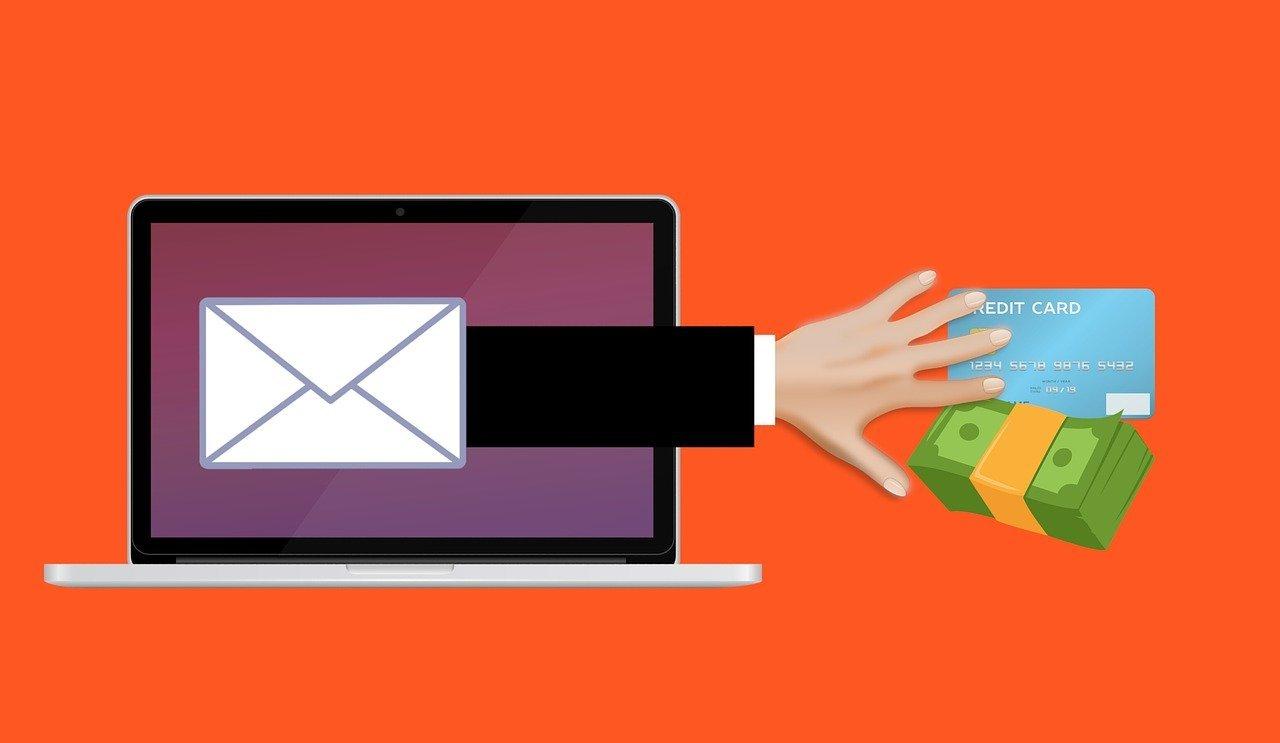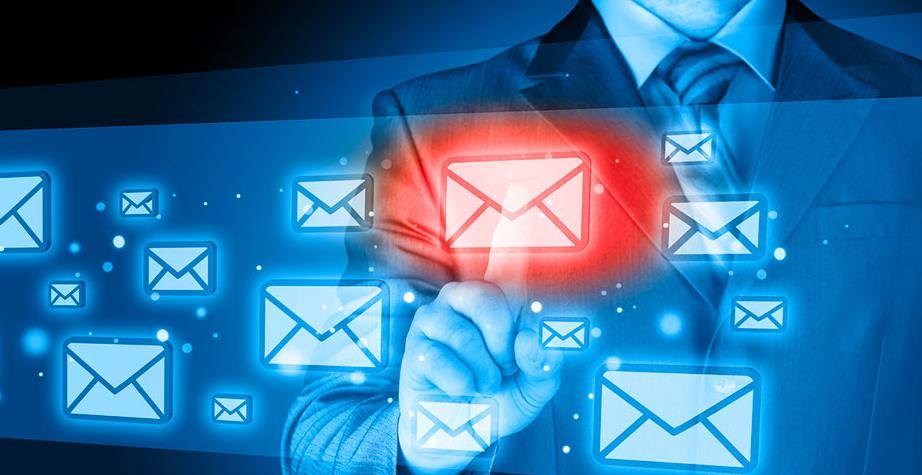In today's world, email is one of the most popular ways to communicate. However, with the increased internet usage by users, the number of fraudsters using emails to deceive has also increased.
Email fraud, particularly phishing, has become a real threat, capable of leading to the loss of personal data and funds. It is very important for every user to know how to recognize malicious messages and protect themselves from them.
What is Email Phishing
Phishing is malicious activity aimed at gaining access to users' personal information by pretending to be trusted sources. Email phishing is the most common form of this practice. Fraudsters often create emails that appear to be sent from well-known companies or government agencies. The goal of such mailings is to make the recipient click on a link or enter their personal data.
Scammers use various tricks to make their messages as attractive and convincing as possible. They often use other people's logos, sign with other people's emails, and create fake pages that links in the messages lead to. As a result, recipients often do not notice the deception and think they are interacting with real organizations.
Signs of a Phishing Email
Phishing emails can be recognized by several characteristic signs. This knowledge will help you avoid many mistakes and protect yourself from fraud.
Pay attention to the sender's address. Sometimes fraudsters use addresses similar to real ones but with slight changes, such as an extra letter or a symbol replacement. Always check the sender's domain. For example, instead of the address support@bank.com the address support@bank123.com might be used.
Phishing emails often contain spelling and grammatical errors. Commercial organizations usually pay great attention to the quality of their communication. If there are many errors in the email, this is a clear sign of scammers.
Pay attention to the content of the message. Malicious emails often create a sense of urgency — for example, they may report account access being blocked or require immediate information verification. Genuine organizations rarely use threats and coercion in their communication.
Fake messages may also contain links that suggest navigating to suspicious pages. If you are asked to provide your personal information, enter a login and password, carefully check the domain address to which the link leads. Fraudulent sites usually have unusual or complex addresses.

How to Recognize a Phishing Message
To successfully recognize fraudsters, use several verification steps. Signs of a phishing email:
- examine the address from which the message was sent. Scammers often use easy-to-remember domains that slightly differ from the original ones. Always pay attention to details (for example, @example.com instead of @example.net).
- carefully examine the content of the message. Most fraudulent emails have similar formulations, such as requests to confirm an account or update information. Such messages often contain threatening content or a dismissive attitude towards the user.
- check if there are additional links in the email. When hovering over the address, make sure where it leads. If it raises doubts and does not redirect you to the trusted organization's site, this indicates phishing.
Remember that malicious mailings can come not only from well-known companies but also from social networks, banks, and other trusted institutions. Always be on guard and verify any received information.
Protection from Fraudulent Emails
Despite phishing being a serious threat, there are many ways to protect yourself from fake emails. Use various methods and tips to reduce the risk of fraud and personal data loss.
The first thing you should do is install reliable antivirus programs and malware protection software on your device. Modern antiviruses can detect phishing messages and send them to spam.
The second step in your protection is setting up two-factor authentication (2FA) for all your accounts. This provides an additional level of security by adding verification via SMS or special applications before you can access your accounts.
In addition, always be careful when sharing your personal information. Genuine organizations will not ask you to send data via email. If you have doubts about the quality of the message and its reliability, it is best to directly contact the organization via the official website or phone.
How to Avoid Phishing
To avoid fraud, it is important to apply preventive measures and maintain good internet hygiene.
Keep track of regular updates to your software. Such actions are important not only for adding new features but also for eliminating security vulnerabilities. Ensure your operating system and all installed applications are updated to the latest versions.
It is also important to create complex passwords and change them regularly. Such passwords should include not only letters and numbers but also special characters to increase the protection level of your account. We recommend using different passwords for accounts.
Remember that fraudsters may use social engineering to manipulate you and make you act rashly. Be wary if someone asks you for personal information, even if it seems like a conversation topic that should only be handled by a trusted person.
Fraudsters and fake emails, particularly phishing, are a real threat in the online space. Being able to recognize such messages and being aware of protection methods will help you avoid losses and data breaches. Be attentive to your inbox, check sender addresses, and do not click on suspicious links.


